
Types of Photography: 15 Top Photography Genres That You Need to Know
In the age of the smartphone, where we are constantly shooting and sharing photographs on the go; everyone is exposed to photography and visual imagery in some form or another. Whether we are looking at pictures of friends on social media, huge billboards or advertising campaigns at local departmental stores; photography is used to communicate a message or tell a story to the viewer.
We may be shooting pictures every day, but how many of us know the different styles of photography that have been inspiring photographers? Understanding the different styles or genres of photography is key for developing our knowledge in the area and also for gaining an insight as to where our photography fits.
Let’s look at the top 15 genres that we can draw inspiration from:
Aerial Photography:
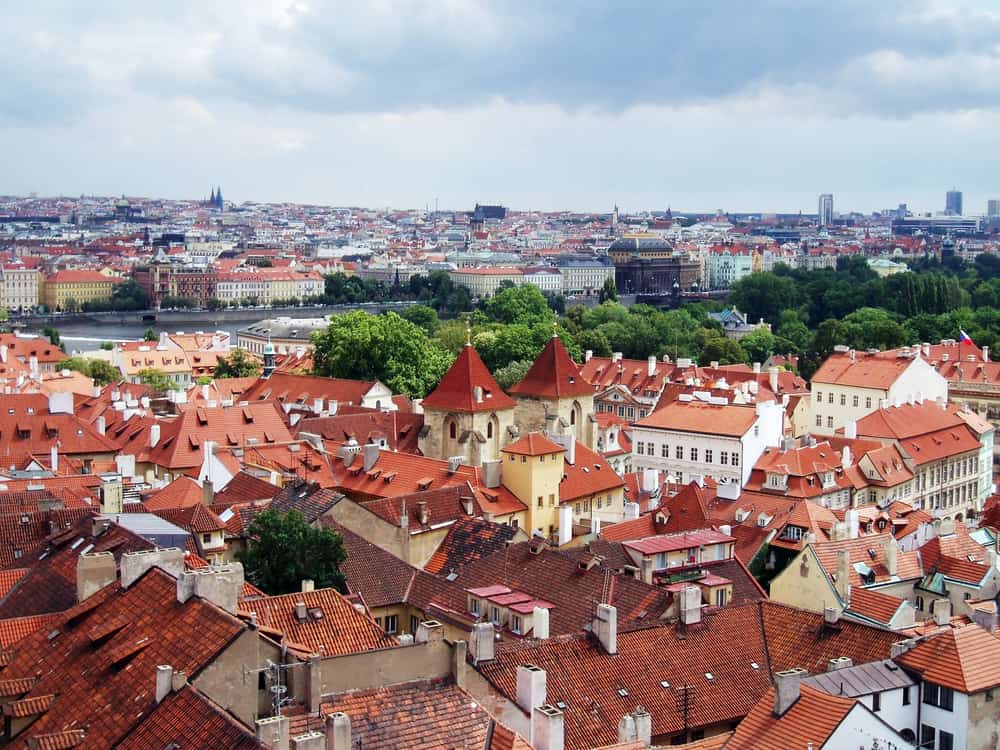
As soon as our flight takes off, we love to shoot the landscape or city scene below which gives us an advantage of taking a picture from above. So, images that are captured from above is known as aerial photography. French photographer and balloonist, Gaspar Felix Tournachon, took the first aerial photograph in 1858. He experimented for three years before he could produce the photograph. He had captured the French village, Petit-Becetre, from a hot-air balloon, 80 metres above the ground.
Learn Photography
Master the fundamentals of photography, from the basics to advanced techniques, and become a professional photographer.

Architectural Photography:
Capturing an interesting form, shape or colour of the structure can be visually appealing. Therefore visuals of buildings that are interesting fall under this genre. We can include interiors or exteriors of buildings and even an interesting element of the design. The two challenging aspects for photographers while shooting buildings are: Lighting and image distortion.
You have only natural light while capturing the façade of the building and you have to make the best use of it to bring out the glamorous aspect. When there are horizontal and vertical lines in the building your images appear distorted. Only with the correct equipment coupled with right angles you can avoid the snag.
Candid Photography:
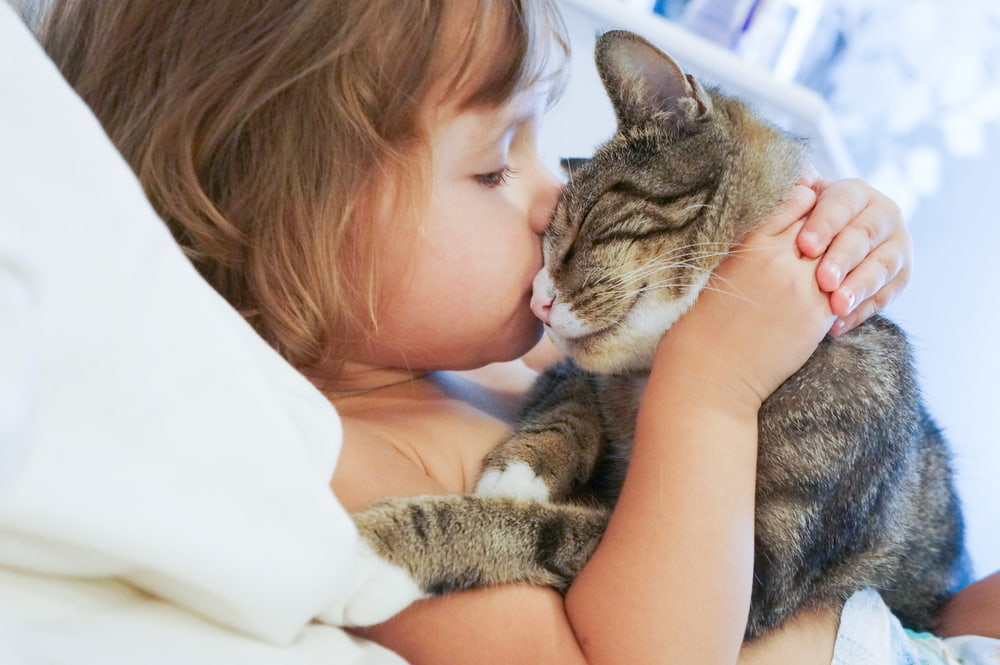
This is a very popular genre of photography. Moments captured spontaneously as they happen is known as candid photography. The subjects are usually not aware of the photographer, so they appear very relaxed. Wedding photography is a perfect example of this style of photography.Our professional wedding photography course can teach you to capture the candid and intimate moments for newly wed couples.
A tip: Use a long zoom while capturing candid moments. This will help your subjects to be more relaxed and natural, as they will be unaware of you photographing them.
Documentary Photography:
Manual pictures that form a photo story come under this style. It is about a particular subject or a story that a photographer wants to highlight. They are all objective pictures and can be about a war, social issues, science and so on. When you are chronicling significant events, for instance, the life of a celebrity or a sportsman, plan to spend some time with the person; chat; listen and capture what comes naturally. Try and capture details and let your pictures tell a story. Do not try to shoot something that is not a part of his or her life.
Fashion hotography:
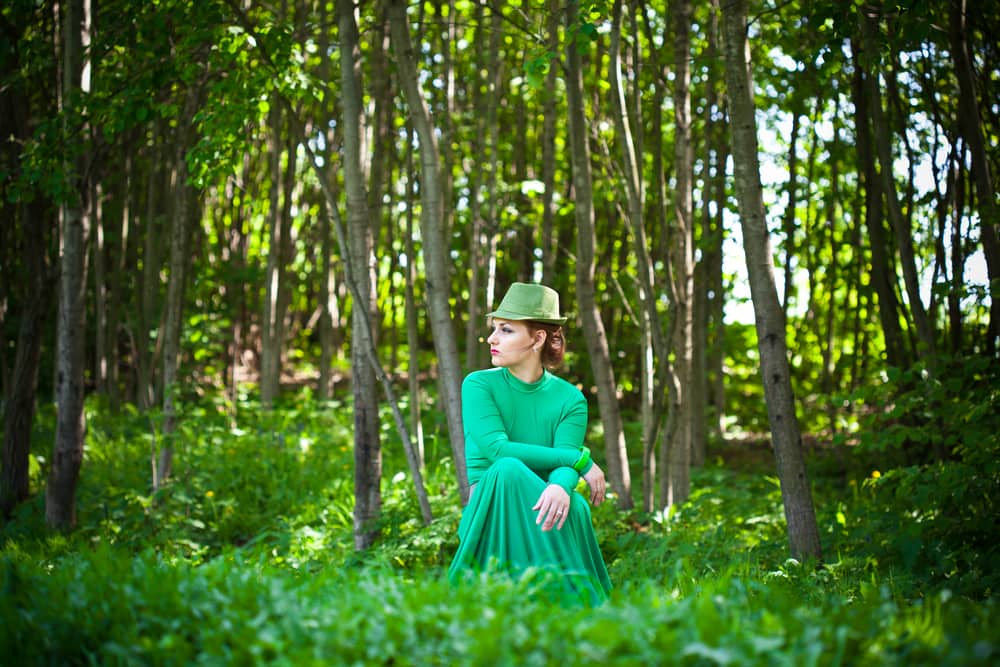
Typically used to sell something, this type of photography lures customers by glamorising the product. They are generally very creative and visually very interesting and can be taken in any location like a studio, an apartment, a rundown building or anywhere outdoors.
A fashion photographer should always prepare in advance. In this genre of photography, the location, photography lighting, makeup, stylists and the model play a significant role. However, you should also be open to ideas and suggestions, as it involves a lot of team work.
Food Photography:
Whether we are sharing an image of food served at a restaurant or on our dinner table, almost everyone seems to be at it today. This type of photography is used by restaurants, websites or bloggers to entice customers to try and sell their products.
A Tip: One of the most crucial factor in food photography is to use natural light. Always remember to turn off the flash. It’s a big ‘No’ in this style of photography. When you use flash, many unwanted elements get captured. For instance, your food might look greasy and the actual colours get washed out.
Suggestive Reading: How to Improve Your Food Photography: An In-Depth Guide
Landscape photography:
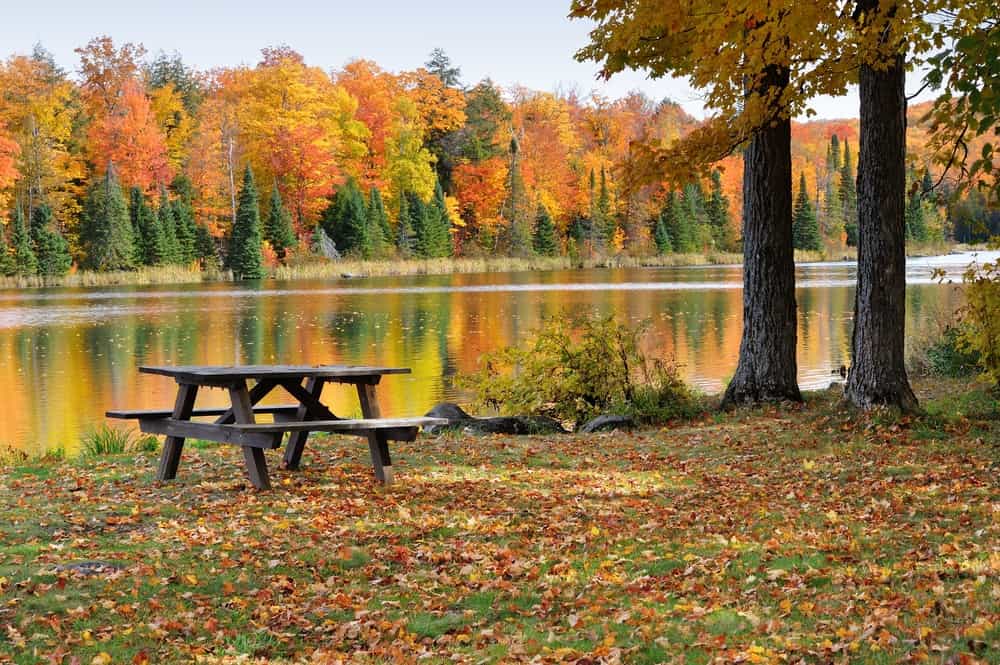
This is one of the most popular types of photography, as it can portray a scenery, or can even show an impact of environmental change. We all love to capture a beautiful landscape when we see one. However, we need to wait for the right light to capture that perfect moment.
Also, while shooting a landscape, if you want a sharp image, use a tripod which will help eliminate the camera shakes. Using a long shutter speed can give you the perfect shot. For example, if you are capturing the waves, it will turn to a smooth white and moving clouds will turn wispy.
**Suggestive Reading: **8 Landscape Photography Tips and Tricks for Beginners
Night-long Exposure Photography:
It’s a great way to capture how the world transforms after dark. This type of photography requires good knowledge of how we use light, shutter speed and aperture. These types of photos are interesting as the viewer gets to see some unusual aspects that cannot be seen by the naked eye. To takes such shots, it is imperative to be comfortable with our camera’s manual mode and implement the correct settings.
Photojournalism:
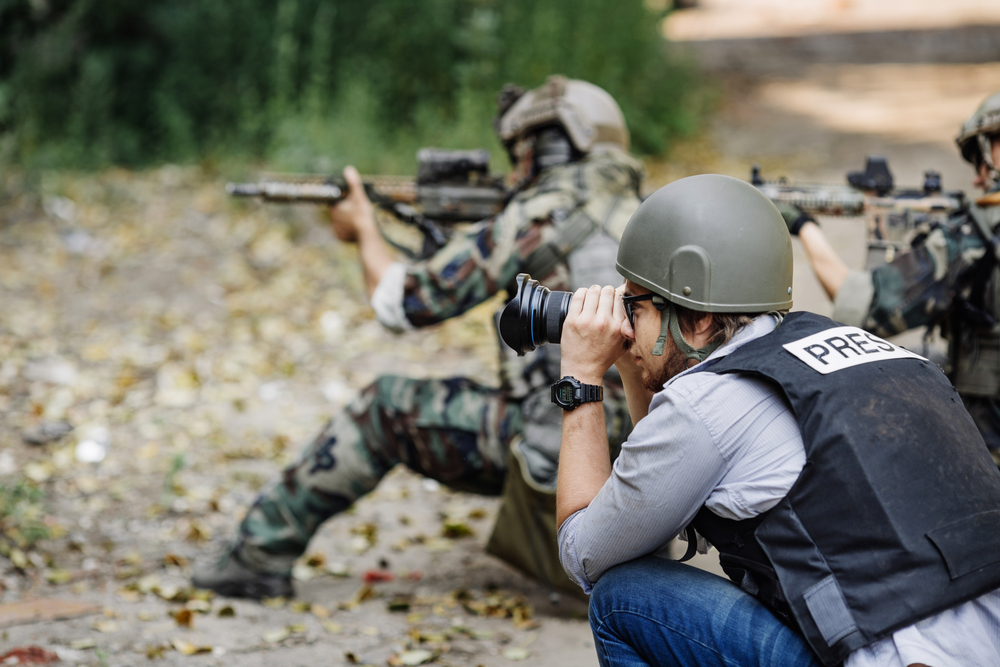
This photography is similar to the documentary genre. The only difference here is that a photographer captures live events as and when it happens and informs the world about it. Examples of this style of photography is what we see every day in newspapers, magazines etc.
Photojournalism is not about shooting unexpected events, but about capturing unexpected moments at events that are planned. It is serious journalism and a person needs to plan it right to be at the right place and at the right time.
Conceptual/Fine Art Photography:
Images that tell a story come under this genre. In terms of conceptual/ fine art photography, we can create our own fiction with characters in made-up environment. However, the photographer needs to have a vision of what their picture will look like, as this genre is all about an emotion, an idea or a message. The photographer tries to convey a message through his image.
Portraiture:
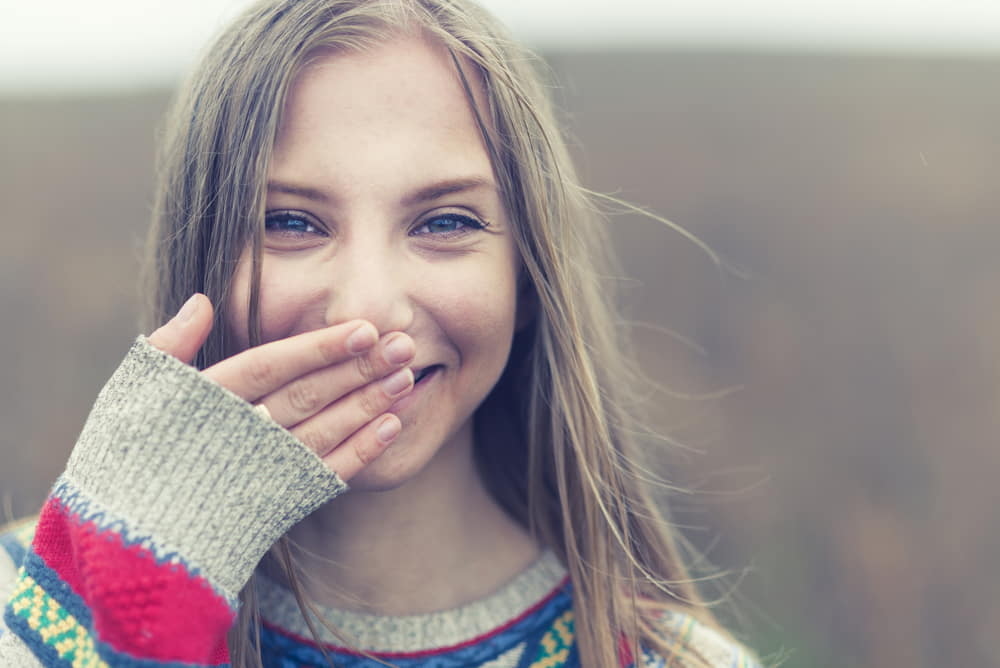
Capturing peoples’ moods and expressions is an intriguing subject for photographers. They can be close-up images, body portraits etc. Typically the face is the focus of this type of photography. While taking a portrait, the photographer should ensure that the subject’s face is sharp and focussed, especially his or her eyes. The subject’s pose should also be flattering. To capture a person’s natural expressions, the photographer should lighten the mood by cracking a joke or two.
Sport Photography:
This category involves getting up-close to the action in a very fast-paced and action-packed setting. Sports events are captured with very long lenses as we usually see photographers during an event.
Tip: Always use a high ISO. Increasing the ISO on your camera will enable you to shoot at a higher shutter speed; consequently giving you the perfect shot. Try to be original and get something different by getting different angle shots.
Street Photography:

Capturing ordinary, everyday life in public spaces or life as it happens is known as street photography. It is very similar to candid photography, but the photographer documents the public space as he or she sees it.
A street photographer should not just look at the popular tourist spots, but he or she should try out some real-life scenes coupled with some behind the scene images. They must be observant about every little aspect around them. As soon as they see a story unfold, they should not hesitate to capture the moment.
War Potography:
Capturing images of conflicts in war-torn areas fall under this genre. War photographers usually put their life in danger to cover the event. War photography can even document the aftermath of war.
A war photographer should always simplify the photography kit, as he/she should not be bothered about changing lenses etc. Carrying heavy equipment is also a big ‘no’ because there might be circumstances where he or she will be better off with less equipment.
Wildlife Photography:
This is a very challenging type of photography, as it might be difficult to capture animals in their proper habitat. This style requires proper technical skills and it needs to be planned accordingly. In wildlife photography, you need to be absolutely comfortable with your camera’s settings. If you are not quick enough, you might miss the perfect shot.
The key to taking a good photograph is to go ahead and have fun while you shoot. Your pictures will speak for itself no matter which genre you choose.
Looking to sharpen your management skills? Join our top-rated Photography Course today!



